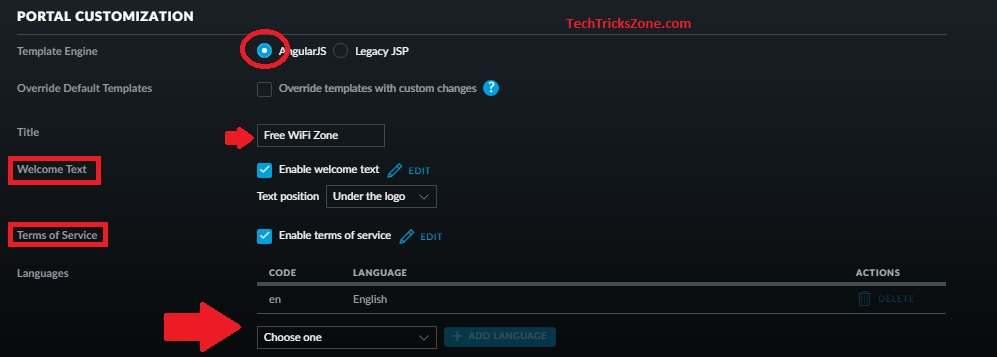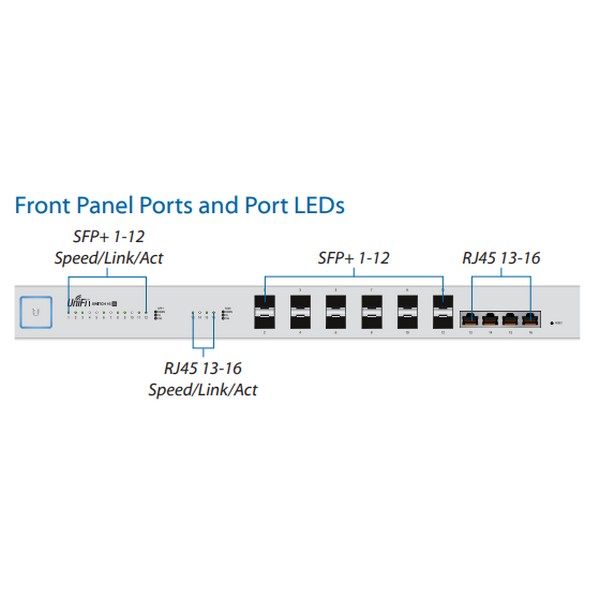How to install and configure the UniFi controller, and adopt your first AP. Hi,First of all, please accept my apologies if this is a stupid question!I am trying to remotely configure a VLAN across our network. The network consists of a number of Dell Poweredge switches, a Draytek Vigor 3200 router and three Unifi LR AP's.I usually lookup the MAC address of a device on. You can do this in the manage users section on the UniFi OS dashboard. Make sure to give it the right permissions for the functions you want to use. Note the Dream Machine Pro needs the port to be 443. Conflicts with MQTT. The UniFi controller can either be a dedicated hardware device (UniFi’s cloud key), or as software on any Linux system. Hi, I noticed in the controller there's a section for Radius MAC Authentication: What exactly does this do? For instance - if I setup normal username/password Radius authentication (e.g. Over FreeRADIUS 3.0) - does this allow me to whitelist certain devices to bypass that auth?
UniFi by Ubiquiti Networks, inc. is a software that binds gateways, switches and wireless access points together with one graphical front end.
There is currently support for the following device types within Home Assistant:
Configuration

Unifi Controller For Mac
Home Assistant offers UniFi integration through Configuration -> Integrations -> UniFi Controller. Follow the instructions to get it set up.
Ubiquiti Unifi Controller
The user needs administrator privileges in order to control switches.
Extra configuration of the integration
All configuration options are offered from the front end. Enter what UniFi integration you want to change options on and press the cog wheel.

Configuring Users
The UniFi controller allows you to create multiple users on it besides the main administrator. If all you want to use is the device tracker then it is recommended that you create a limited user that has read-only permissions for the UniFi device tracker. If you want blocking of network access or POE control as well you would need to have ‘admin’ permissions.
UniFi OS
For UniFi OS a local-only user needs to be created. A user who uses the Ubiquiti cloud will not work. You can do this in the manage users section on the UniFi OS dashboard. Make sure to give it the right permissions for the functions you want to use. Note the Dream Machine Pro needs the port to be 443.
Conflicts with MQTT
The UniFi controller can either be a dedicated hardware device (UniFi’s cloud key), or as software on any Linux system. If you run the UniFi controller on the same operating system as Home Assistant there may be conflicts in ports if you have the MQTT integration as well.
It is recommended that you run the UniFi controller in a dedicated virtual machine to avoid that situation.
Presence detection
This platform allows you to detect presence by looking at devices connected to a UbiquitiUniFi controller.
Troubleshooting and Time Synchronization

Presence detection depends on accurate time configuration between Home Assistant and the UniFi controller.
If Home Assistant and the UniFi controller are running on separate machines or VMs ensure that all clocks are synchronized. Failing to have synchronized clocks will lead to Home Assistant failing to mark a device as home.
Switch
Block network access for clients
Allow control of network access to clients configured in the integration options by adding MAC addresses. Items in this list will have a Home Assistant switch created, using the UniFi Device name, allowing for blocking and unblocking.
Control clients powered by POE
Entities appear automatically for each connected POE client. If no POE client device is in operation, no entity will be visible. Note: UniFi infrastructure devices such as access points and other switches are not (yet) supported, even if they are powered over ethernet themselves.
Note that POE control actually configures the network port of the switch which the client is connected to.
Sensor
Bandwidth sensor
Get entities reporting receiving and transmitting bandwidth per network client.
Uptime sensor
Get entities reporting uptime per network client.
Debugging integration
If you have problems with UniFi or the integration you can add debug prints to the log.
About the App
- App name: Unifi Controller
- App description: unifi-controller (App: Unifi.pkg)
- App website: https://community.ubnt.com/t5/UniFi-Updates-Blog/bg-p/Blog_UniFi
Install the App
- Press
Command+Spaceand type Terminal and press enter/return key. - Run in Terminal app:
ruby -e '$(curl -fsSL https://raw.githubusercontent.com/Homebrew/install/master/install)' < /dev/null 2> /dev/null ; brew install caskroom/cask/brew-cask 2> /dev/null
and press enter/return key.
If the screen prompts you to enter a password, please enter your Mac's user password to continue. When you type the password, it won't be displayed on screen, but the system would accept it. So just type your password and press ENTER/RETURN key. Then wait for the command to finish. - Run:
brew cask install unifi-controller
Done! You can now use Unifi Controller.
Similar Software for Mac
